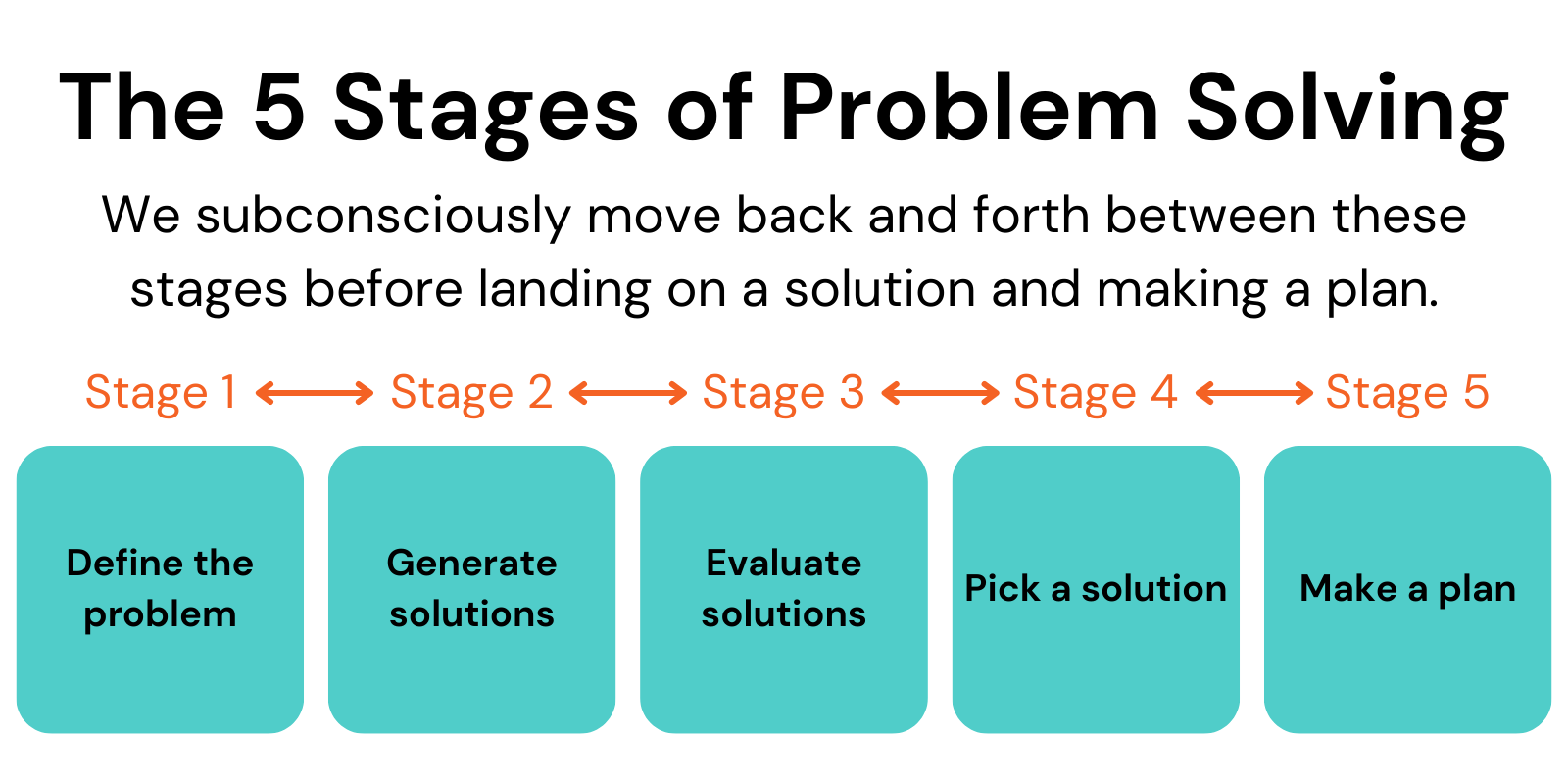Let’s face it: In today’s workplaces, there is no shortage of problems to solve. In fact, one of those problems is determining HOW to solve problems. Still following? We are a society comprised of many different types of workers. Some of us are innovative, others are data-driven, and some of us run entirely on instinct. We all operate a bit differently, and this can pose challenges for executives who are trying to lead teams in tackling some of a business’s most important issues.
As executives work to assemble effective teams, it’s important to understand how those team members approach problem-solving. While this may not seem like an important characteristic of a leader at first, it will become increasingly important as these leaders are asked to solve complex problems.
According to HBR, there are five unique problem-solver profiles (PSPs):
Adventurers tend to go with their gut reactions. This optimistic and confident decision-maker often finds the future more interesting than the present. Their optimism bias helps their ability to quickly make many decisions — but it can also skew their assessment of the quality of the decision they face.
Detectives like to follow the data. This evidence-based decision-maker intrepidly searches out the data so that it will lead them somewhere. Yet, their draw to research and facts can also lead them to a confirmation bias that the data is the most important criteria in their current decision. For example, focused on the data, they may miss out on collaborating well with others.
Listeners want to solicit others’ input. This collaborative and trusting decision-maker works well with their colleagues. However, they often suffer from a liking bias that can make it difficult to tune into their own opinion or to express a viewpoint that might be at odds with others.
Thinkers thrive on identifying multiple paths and outcomes. This thoughtful, cautious decision-maker likes to know their options. Their desire to understand the “why” behind a decision can impede their ability to evaluate each option individually as they may fall victim to a frame blindness that limits how they see and understand the problem they are solving.
Visionaries pride themselves on seeing pathways that others don’t. This creative, original decision-maker has a big vision, but they may fall prey to scarcity bias, preferring to seek out a unique solution rather than the obvious solution right before him.
These five profiles not only describe how different people approach solving problems, but they also highlight how leaders with different profiles might balk at the strategies of another. For example, consider a scenario in which you are a CEO and you have asked your team to solve a recurring marketing budget deficit. If you have a CFO who has a “Detective” PSP and a CMO who has a “Visionary” PSP working on this issue, it’s not surprising to hear that they may struggle to solve this problem cohesively. The CMO may be trying to creatively solve problems, when the data tells the CFO that the issue lies exclusively with a singular budget metric. As CEO, understanding these different profiles can help you reconsider how to structure the team. Perhaps you have a CPO/CHRO who operates as a “Thinker” and can help the leaders come to the appropriate conclusion. Understanding the PSPs of your leadership team will allow for the thoughtful and creative alignment of resources to solve important problems for your organization.
Another strategy for getting ahead of problem-solving challenges is to educate your team on the stages of problem-solving. HBR says, “To understand what intuitive problem solving is, we need to recognize first that when working out any problem, from picking out a necktie to solving a quadratic equation, we make our way through five stages:

Now, while it’s understandable you’d think we move through these stages sequentially – not so fast. According to Pittampalli, “in the past several decades, psychologists have discovered the opposite to be true. Rather than advance through the stages in order, we tend to do so in a manner that is rather unsystematic.” We all move through these stages intuitively, almost as if on auto-pilot, and may advance or revert between stages multiple times before reaching a conclusion. As individuals, this intuitive style will vary. Take the CEO example above. The CFO might focus primarily on the problem at hand, spend some time in stage 2 allowing data to generate solutions, and then advance right to stage 5 where the data leads him to pick a plan. The CMO might immediately get creative, and evaluate a variety of what she feels are obvious and visionary solutions, spending little time on the data. It’s unsafe to assume that, despite knowing the stages of problem-solving, each leader will follow these stages in order – if at all. Even worse, falling into this trap can lead to your team feeling unheard, undervalued, and isolated.
Pittampalli’s solution? “To solve problems as a group, we need to jettison the assumption that intuitive problem solving is sufficient, and instead embrace a more methodical approach — one that homes in on just one problem-solving stage. In other words, we need to stop with the automatic, and start learning to drive stick.” He suggests making meetings more methodical. In other words, rather than allowing everyone to jump between stages of problem-solving without notifying others, facilitate your meeting in a way that structures the problem-solving approach. He suggests developing a specific agenda and aligning each specific agenda item with a problem-solving stage. Facilitate the meeting in a way that allows you to advance through the problem-solving stages methodically, focusing only on solving that agenda item’s singular outcome. This will prevent your meeting from going off track unintentionally, and allow you to solve problems in a structured, meaningful way.
There’s no doubt that effective problem-solving skills contribute to the overall success and well-being of teams. As a result, it’s even more important to understand the critical differences in how people approach problems. Spend some time not only understanding your organization’s problems but also understanding the profiles and approaches of those tasked with solving them. This effort will not only increase opportunities for teamwork, communication, and innovation but also create an environment where challenges are regarded as opportunities for growth rather than obstacles to progress.

